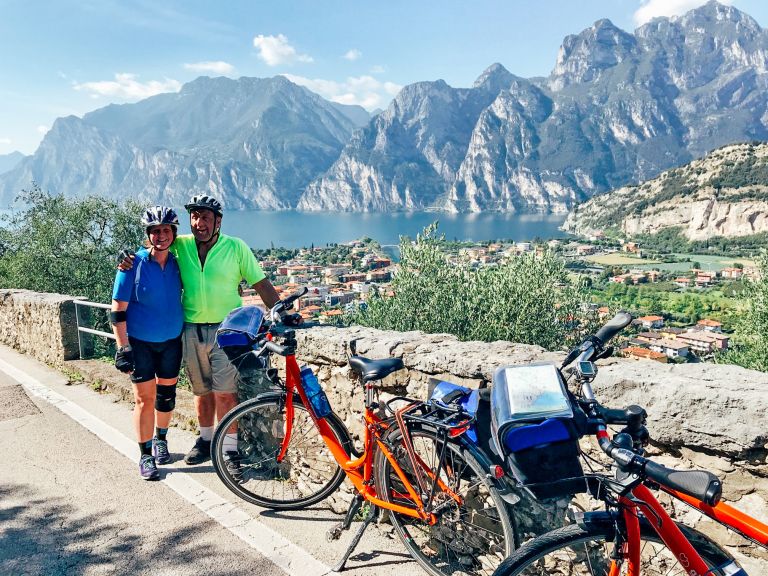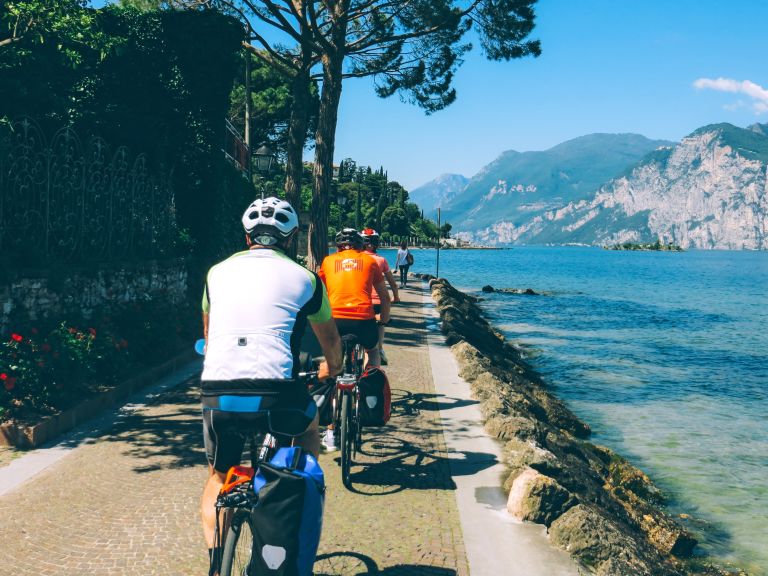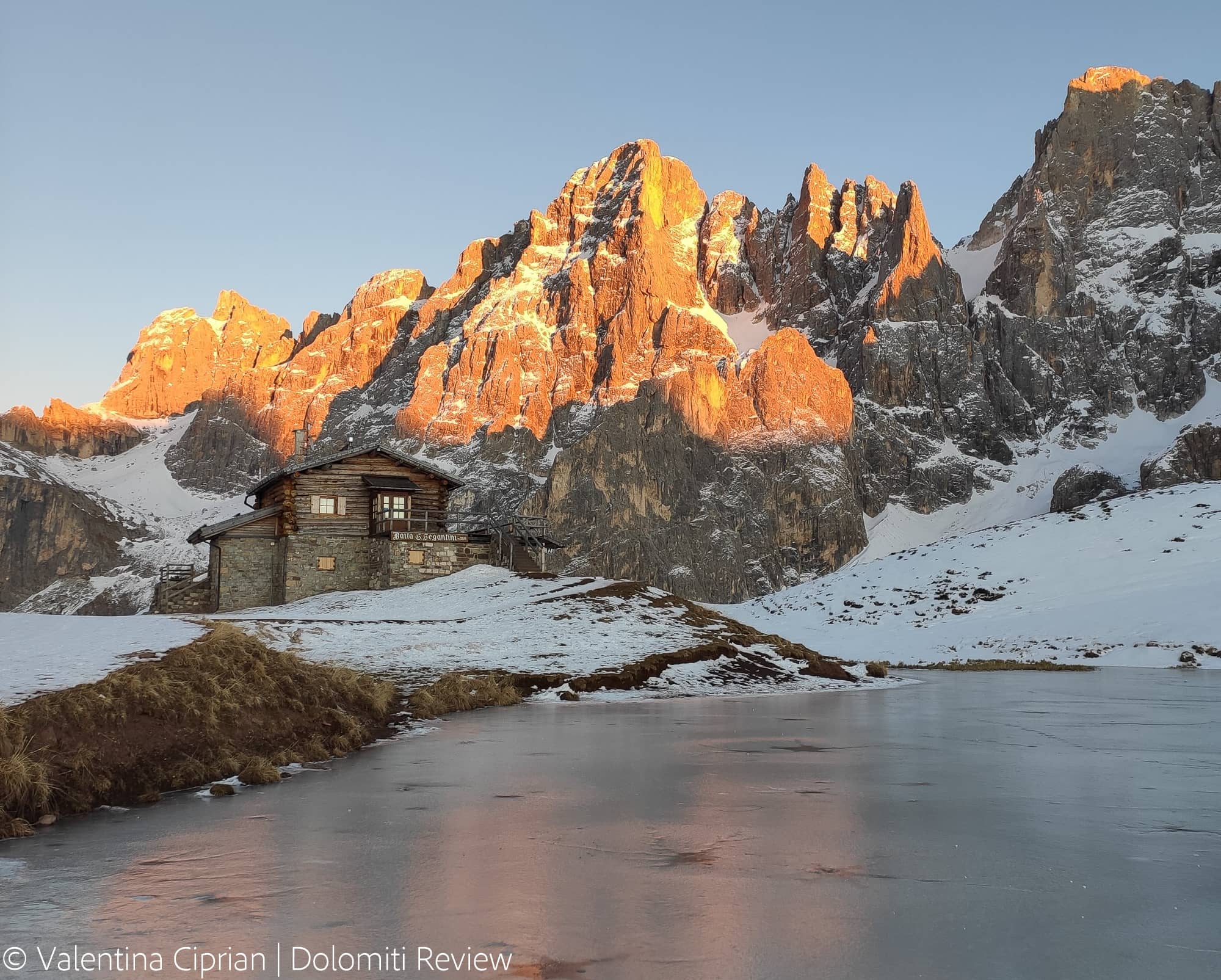
/ Valentina Ciprian / to discover nature travel by bike
Experience the Dolomites like a local: authentic travel tips
Dolomites, a name that identifies an Alpine paradise capable of capturing the imagination of travellers from all over the world. Declared a World Heritage Site by UNESCO in 2009, this enchanting part of the Eastern Alps comprises three regions with an enormous variety of natural landscapes and a rich and varied cultural heritage. It is easy to imagine the many possibilities open to those who wish to explore these mountains and appreciate their beauty and complexity.
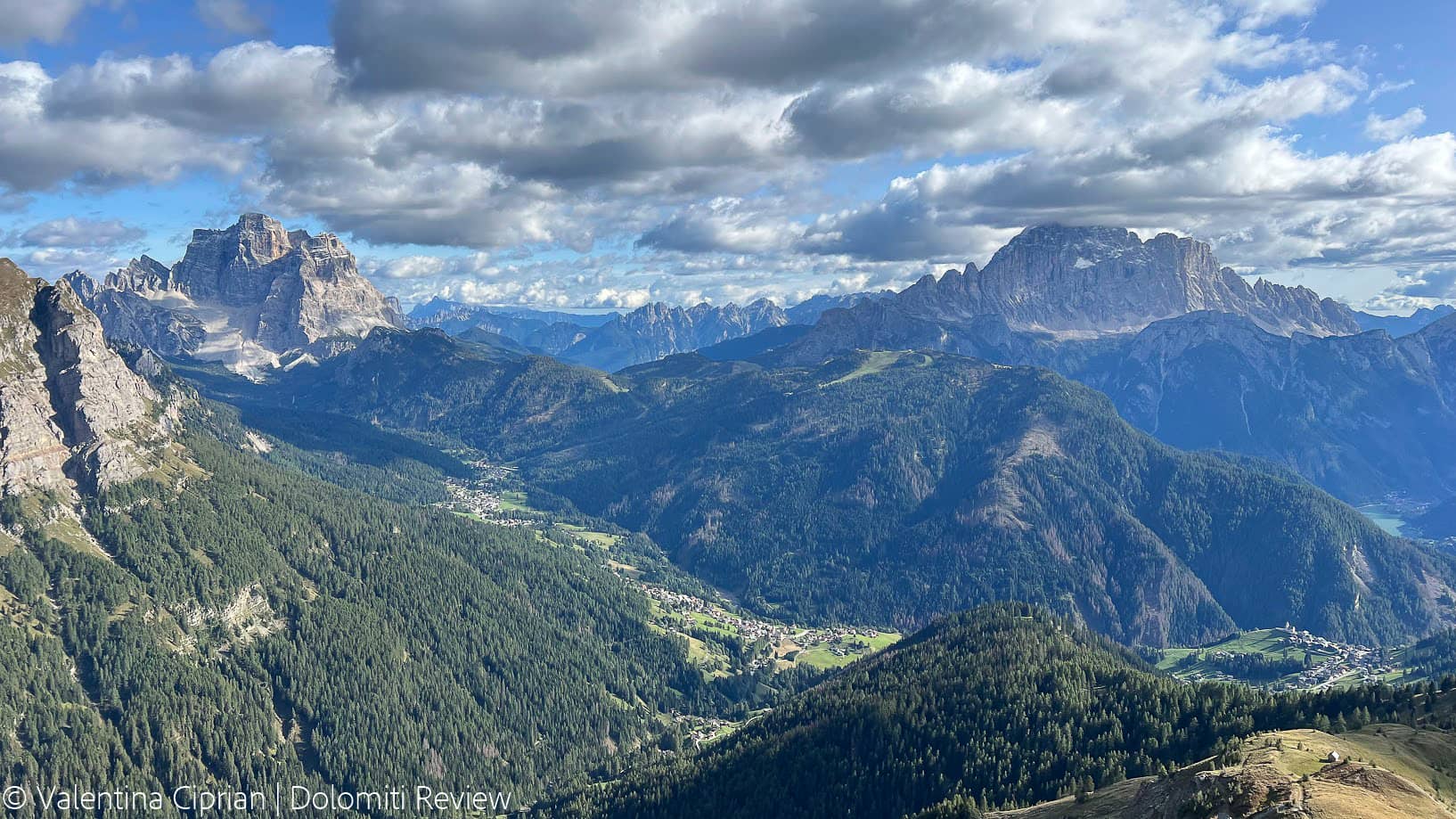
The Dolomites, between postcard images and unknown valleys
When we think of the Dolomites, most of us probably conjure up a few postcard images that have become icons all over the world: the Three Peaks of Lavaredo, Lake Braies, Lake Sorapiss, with its unique blue stain, and Lake Carezza, in which the peaks of the Latemar are reflected. But beyond the more famous places, there is much to discover if you have the time. In fact, the Dolomites are a succession of valleys, more or less well known, connected by picturesque alpine passes and dotted with reliefs that seem to have been drawn but are actually there, providing a natural backdrop to every view.
Discover the Dolomites as an insider
To discover the Dolomites as an insider, the first piece of advice is to open the map, put aside the most popular destinations and look around you. You will discover a wealth of exciting views and the possibility of authentic experiences, far from the routes of mass tourism. And if the places I have just mentioned still deserve to be seen at least once in a lifetime, the best thing to do is to make arrangements to go there outside the high season in order to appreciate them at their best, in peace and quiet.
Be enchanted by the enrosadira (alpenglow)
There is a natural spectacle in the Dolomites that is so peculiar that there is a word to describe it: it is the enrosadira (alpenglow), that moment when the rocks of the Dolomite walls turn pink as the sun’s rays caress them, at sunrise or sunset. A miracle that never ceases to amaze those who are lucky enough to be able to admire it from the windows of their homes, and that enchants those who see it for the first time. It is not necessary to go anywhere to enjoy this spectacle: it is enough to be, at the right time, in front of a mountain facing the right direction and kissed by the sun. An example? The walk from Passo Rolle to Baita Segantini offers a privileged view of the Pale di San Martino. It is very popular at weekends, when the atmosphere is subdued at sunset.
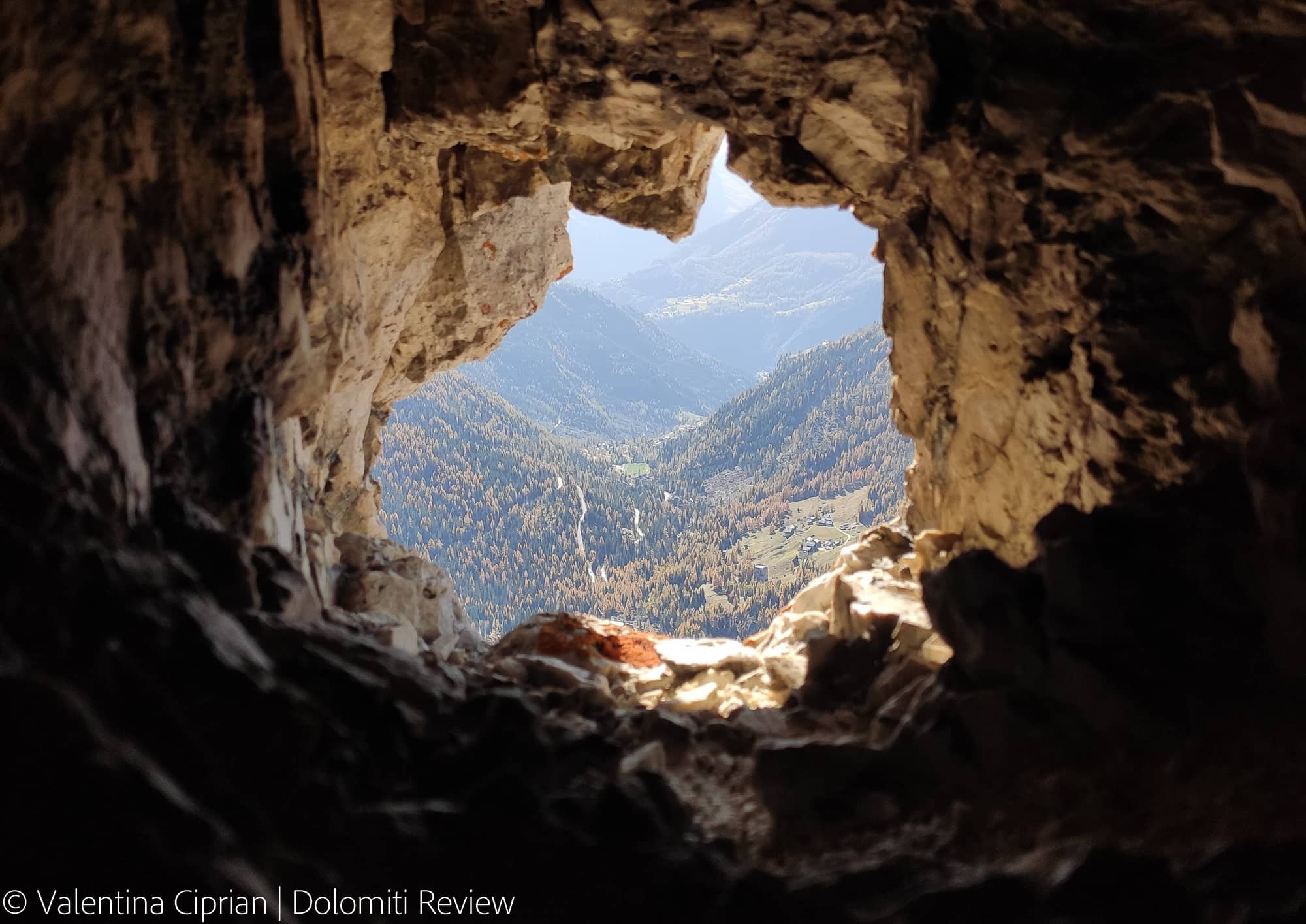
Admire the 360-degree panorama of the Dolomites
Here are three ways, from the easiest to the most difficult, to enjoy a 360-degree view of the Dolomites: climb a Dolomite pass, stand on the terrace of a mountain hut or conquer a peak where you can feel at one with the surrounding landscape.
For the first option, you have a lot of choices. The Gardena Pass, for example, opens up between the Val Gardena and the Val Badia and, with a casual glance out of the window, one can admire the dizzying walls of the Sella, contemplate the Sassolungo and the Cir and, as one descends towards the Val Badia, photograph with one’s eyes the idyllic landscape that rises from the villages at the bottom of the valley to the rocks of the Sass dla Crusc. You can see as far as the Ampezzo Dolomites, including the Lagazuoi and the Tofana di Rozes. But the Dolomite pass that I carry in my heart is the Giau. Seeing is believing, especially at sunrise or sunset (but avoid in August!).
If you’re looking for a refuge with an exceptional panoramic terrace, don’t forget the Nuvolau: it can only be reached on foot and is a veritable eagle’s nest that rises to the summit at 2,575 metres.
It is the oldest refuge in the Ampezzo Dolomites and still retains the charm of an authentic alpine garrison.
If you really want to immerse yourself in the view, there is nothing better than reaching a summit and gaining an exceptional vantage point. Here, the advice of a local is to aim for those mountains that some consider “lesser” because they may be less famous than the surrounding peaks, but for that very reason are extraordinarily scenic. One possible destination is Mount Pore, a pyramidal peak of volcanic origin that can be reached by climbing from the village of Fedare on the Giau Pass.
Touching history with your own hands
More than a century ago, the Dolomites were the scene of fierce battles during the First World War. Many of the features that characterise the current appearance of some of these mountains date back to this dramatic moment in history: for example, a labyrinth of trenches and tunnels winds its way up the Sass de Stria, which you can follow as you climb to the summit. But also on the Lagazuoi, among the Cinque Torri, on Paterno and Monte Piana, to name but a few, the signs of the First World War are very evident. These mountains are veritable open-air museums, whose historical value enriches a walk in the area and is an important key to understanding the scenarios in which we set our feet and the profound changes these places have undergone over time.

Enjoy a genuine gastronomic experience
An area as vast as the Dolomites is characterised by different traditions from valley to valley.
Mountain refuges are often bastions of traditional cuisine, where you can taste excellent local dishes (and enjoy the wonderful panoramic views).
It is also worth visiting the many small farms and refuges that offer products from the countryside, which can be enjoyed on the table.
Another, perhaps more unusual, way of tasting traditional dishes is to attend village festivals. Throughout the year, a rich calendar of events allows everyone to immerse themselves in local folklore and taste the simple and tasty dishes that are part of the popular culture of each village. For example, when the Om Salvarech is celebrated in La Valle Agordina (in spring), you can try tocà da boia (soft polenta with sausage). Or during carnival, in addition to the masks (carved in wood), there are simple sweets with homemade flavours, such as strauben in Trentino Alto Adige or mognkròpfn with poppy seed filling in Sappada. Remember that the festivals that take place in the mountain villages are often more of a meeting point for the locals than for tourists, giving everyone the opportunity to feel part of a living Alpine community.
There are many more tips for experiencing the Dolomites as a local, such as researching each valley, taking into account the changing seasons, and including the many activities that can be done outdoors and beyond. But the approach could be this: choose a destination, slow down and prepare to welcome with curiosity and respect what each place has to offer.
The Dolomites are a place of adventure, of discovery, of contact with a unique environment: asking for advice from those who live there all year round can be an interesting way of getting to know it better.
Would you like to discover the unique landscape of the Dolomites by bike? Take a look at our tours!

